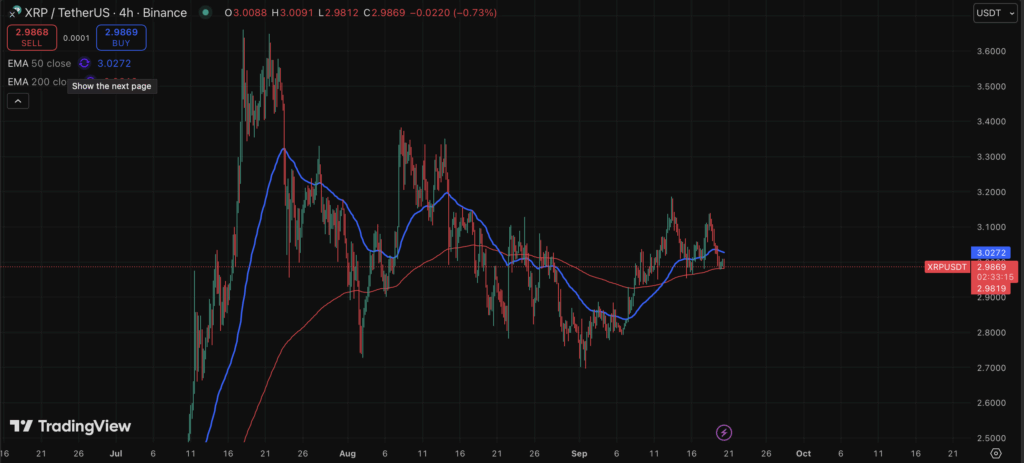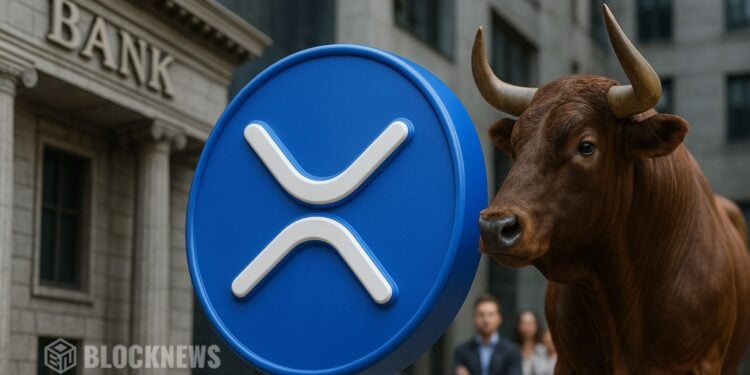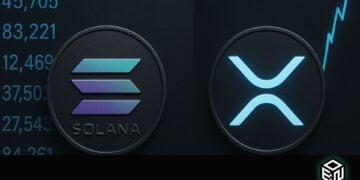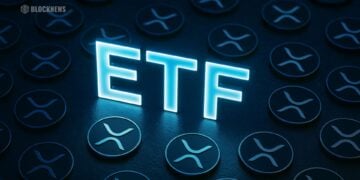- XRP has surged 400% since last year, boosted by Ripple’s SEC win.
- Ripple’s banking charter could fuel adoption, but not guaranteed demand for XRP.
- Long-term risks include volatility and Ripple’s stablecoin potentially sidelining XRP.
XRP has skyrocketed more than 400% over the past year, cementing itself as the third-largest cryptocurrency. Ripple’s legal victory over the SEC removed a major cloud, and now the company is applying for a U.S. national trust bank charter, sparking fresh speculation about XRP’s future.
Ripple’s Banking Charter and What It Means for XRP
If Ripple secures approval from the Office of the Comptroller of the Currency, it could custody assets and manage client funds as a national trust bank. This would boost its credibility with institutional clients and help integrate Ripple’s payment solutions into traditional finance. Still, it’s not a retail bank—so it won’t accept deposits or issue loans.

Ripple Adoption Doesn’t Guarantee XRP Demand
The bullish thesis for XRP hinges on banks using Ripple’s systems and creating token demand. But most institutions use RippleNet without touching XRP at all. On-Demand Liquidity (ODL) does require XRP, but adoption is limited to smaller players. For many banks, XRP’s volatility outweighs the benefits, making it more of a short-term bridge than a long-term holding.
XRP’s Volatility Keeps Institutions on the Sidelines
Despite its growth, XRP remains volatile, with swings of 10% or more still common. This makes it risky for institutions to hold, even briefly. RippleNet’s success without XRP underscores the challenge: the token is simply too unstable for mainstream banking. ODL transactions use XRP quickly as a settlement asset, but flows remain niche compared to RippleNet.
XRP Price Forecast: The Five-Year Reality Check
In the short term, regulatory approval and Ripple’s trust bank charter could support XRP. But longer term, Ripple’s new stablecoin RLUSD may undercut XRP’s utility as a bridge asset. By 2030, XRP could be trading lower than today if adoption doesn’t translate into meaningful demand. Investors should separate Ripple’s tech success from XRP’s token outlook.














